Raman Subba Row, cricketer who was a prolific batsman before becoming a powerful administrator – obituary
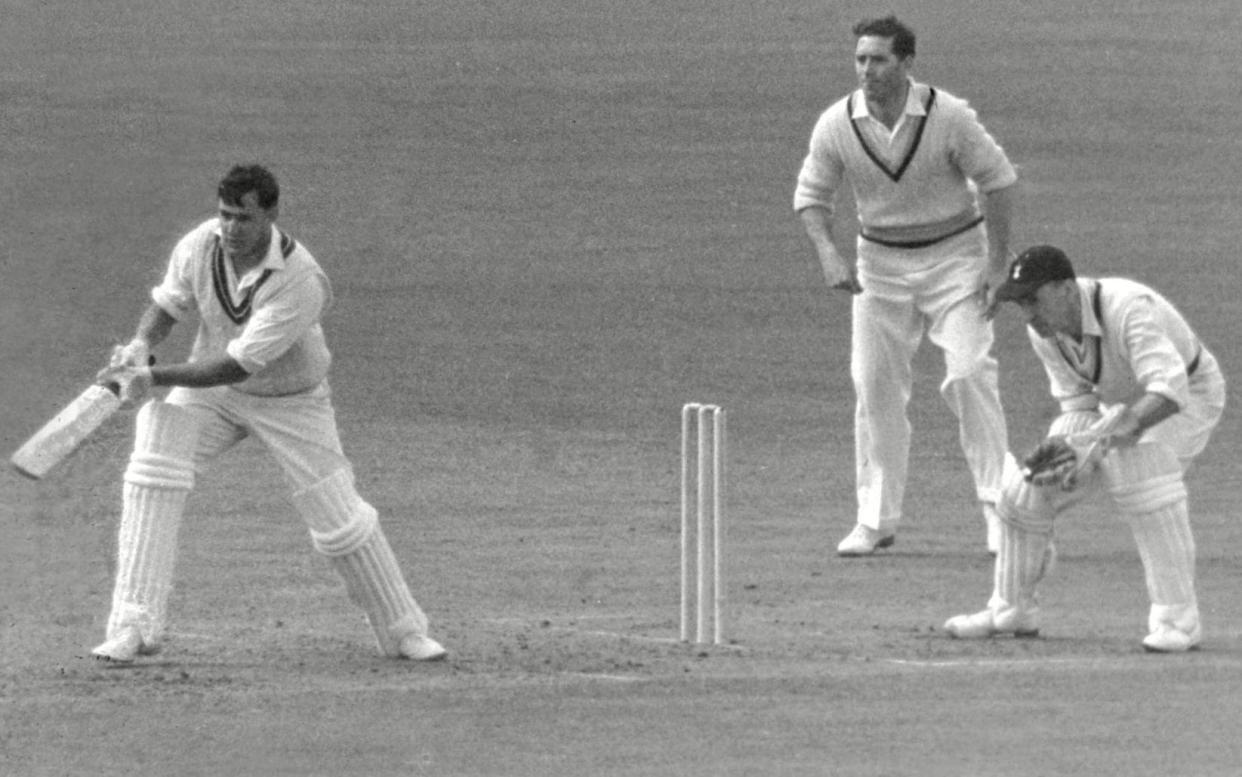
Raman Subba Row, the England cricketer, who has died aged 92, was never the kind of stylish and elegant batsman in whom purists delight; he did, however, possess in abundance the basic and inestimable talent for scoring runs.
A left-handed batsman, he played in only 13 Tests before retiring at 29 in 1961 when he seemed to be at his peak. That summer he had headed the England batting against Australia, scoring centuries at Edgbaston and the Oval. When he left the game he had made 984 runs for England at the more than respectable average of 46.85.
Not for Subba Row, however, the classic on-drive in the manner of Peter May, the upstanding slaughter of the bowling administered by Ted Dexter, or the glorious cover drive of Tom Graveney. Although he was six feet tall, his style at the crease appeared cramped and confined.
Yet if he rarely rose to rumbustious domination of an attack, he became quite as effective as his more dashing batting contemporaries. Above all he possessed an excellent eye, along with great skill in deflection and placement. He was also an excellent judge of a run.
His courage and concentration were proof against all aggression, while his natural friendliness won the affection of all who played with him. Later in his life these qualities, along with his keen sense of equity, were put to good use as a cricket administrator and referee.
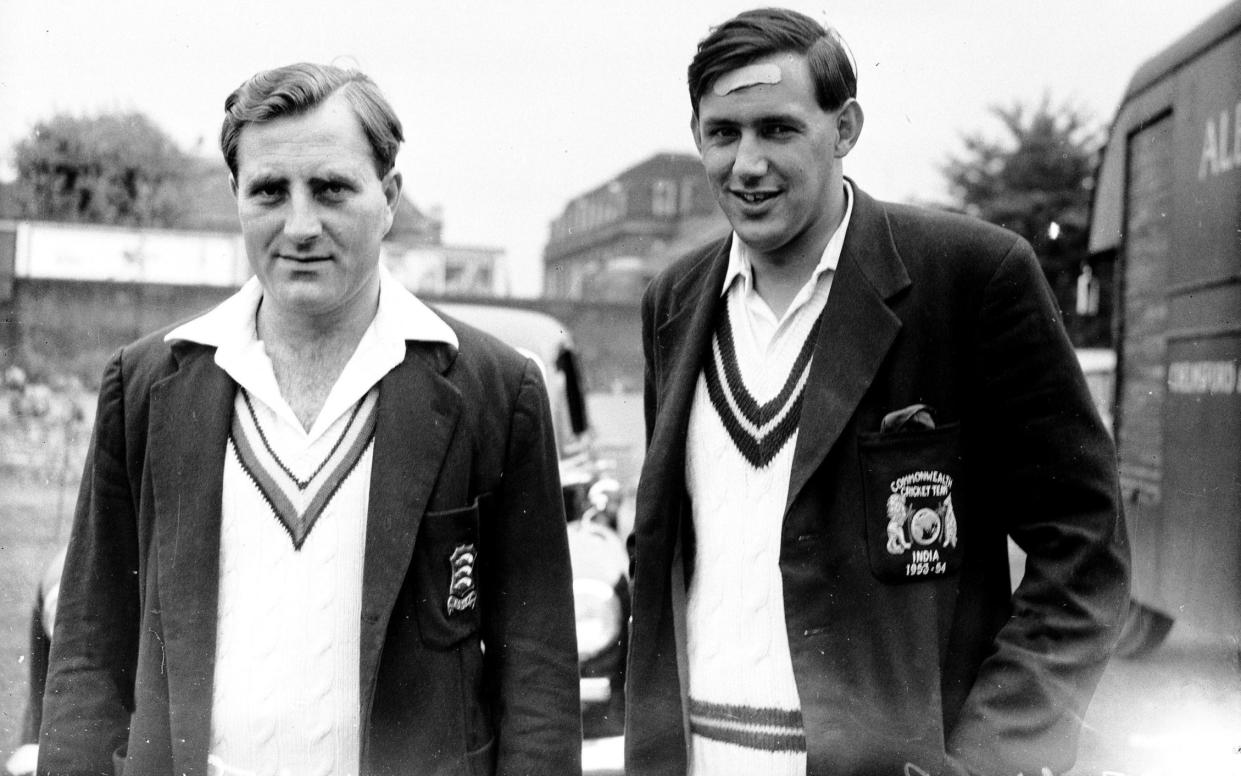
Raman Subba Row was born in Streatham, south London, on January 29 1932. His father was an Indian lawyer practising in the London Privy Council, then the court of last appeal for cases in India; his mother was English. They had two sons born before 1920; one of them, though, was killed in a car crash in 1929. Raman felt that he was a replacement.
At his prep school in Croydon he soon demonstrated his talent for cricket. In 1946, when he was 14, he father took him to Hastings, where he was introduced to the Indian touring team, including such luminaries as the Nawab of Pataudi (senior), Vijay Hazare, Vinoo Mankad and Vijay Merchant. Subba Row remained proud of his Indian background; nevertheless he grew up as an Englishman.
At Whitgift School he excelled alike as a batsman and a right-arm off-spin bowler, though in his last year he switched permanently to high-flighted leg-breaks and googlies. From 1947 he spent four years in the school First XI, captaining the side in 1950.
Going on to read law at Trinity Hall, Cambridge, he won a cricket Blue in his first summer, no mean feat in a university side that included Peter May, David Shepherd, Robin Marlar and John Warr. That summer, 1951, his leg-breaks were very much to the fore; indeed he took five for 21 in Oxford’s second innings in the Varsity match. Nevertheless Cambridge, so much stronger on paper, lost by 21 runs.
In 1952, however, it began to become clear that it was as a batsman that Subba Row would distinguish himself. That summer he averaged more than 40 with the bat for Cambridge, while at Lord’s a fifth-wicket stand of 119 with David Sheppard was crucial in turning the tide against Oxford. Subba Row eventually made 94; the match, however, was drawn.
In 1953, Subba Row’s improvement was sustained to such an extent that at the beginning of July he was top of the first-class batting averages. His excellent form continued when he played for Surrey after the Varsity match, so that he finished the season with 1,823 runs to his credit at an average of 50.63.
That winter he toured India with a Commonwealth side captained by the Australian Ben Barnett, but although he performed respectably enough, he did not feature in any of the unofficial Test matches. In 1954, however, his batting for Surrey was disappointing, not aided by a torn thigh muscle, and he thought seriously about giving up the first-class game.
Instead he joined Northamptonshire, and, having studied accountancy, attached himself to a firm within the county. On the cricket field he rediscovered his prolific ways in the summer of 1955, notably with an innings of 260 not out against Lancashire.
In 1956 Subba Row was called up for National Service, joining the RAF. He reached the rank of pilot officer, specialising in education and training. His summers, however, were largely devoted to cricket. He scored freely for the RAF, and in 1957 scored centuries for the Combined Services against Surrey and the Public Schools at Lord’s.

In 1958 Subba Row returned to the Northamptonshire side as captain, and once more became one of the most consistent batsmen in the country. His seasonal totals were 1,810 runs in 1958; 1,917 in 1959; 1,503 in 1960; and 1,710 in 1961. A highlight, in June 1958, was an innings of 300 against Surrey at the Oval. He seemed to enjoy making a point against his old county.
Later that season, he won his first England cap, against New Zealand at Old Trafford. Though he failed, and was dropped, the selectors chose him for England’s tour of Australia in 1958-59. Supposedly this was a strong England side; in fact the tour turned out disastrously.
Subba Row performed adequately against the Australian states, and might perhaps have forced his way into the England team, had he not broken a bone in his right hand just before the first Test. As things turned out he was not chosen even for the Tests against New Zealand.
In 1959, however, his steady accumulation of runs earned him a recall to the Test side for the fifth Test against India at the Oval. This time he opened the batting, as he sometimes did for Northamptonshire, and notched up a steady 94.
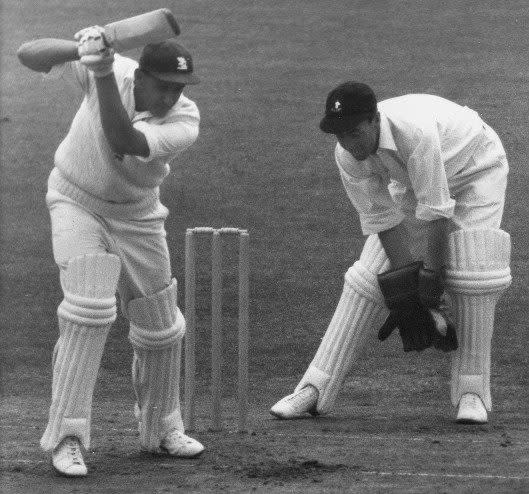
Selected for the tour of the West Indies in 1959-60, Subba Row did not gain a place in the England team until Peter May was forced by illness to return to England. In the fourth Test at Georgetown, however, he helped to save England with a century in the second innings, notwithstanding a chipped knuckle.
At last Subba Row was a regular in the England side. At Lord’s in 1960, against South Africa, he established himself as an opening batsman with an innings of 90, though he missed the last match of that series due to a fractured thumb.
Despite Subba Row’s excellent batting against the Australians in 1961 – 468 runs at an average of 46.80 – England lost the series. The crucial moment came at Old Trafford in the fourth Test, when England, set 256 runs to win in 236 minutes, seemed to be romping home at 150 for one. At one end Dexter was massacring the bowling; at the other Subba Row was steady in defence. But then Richie Benaud accounted for both of them, and England collapsed to 201 all out.
It was during that Test that Subba Row announced his retirement, though he was still chosen for the final Test, in which he made his highest international score, 137. His decision surprised everyone. He had, however, married in 1960, and as a father felt it was time to settle down to the serious business of earning a living. In 260 first-class matches he had scored 14,182 runs at an average of 41.46. As a bowler he had taken 87 wickets at 38.65 apiece.
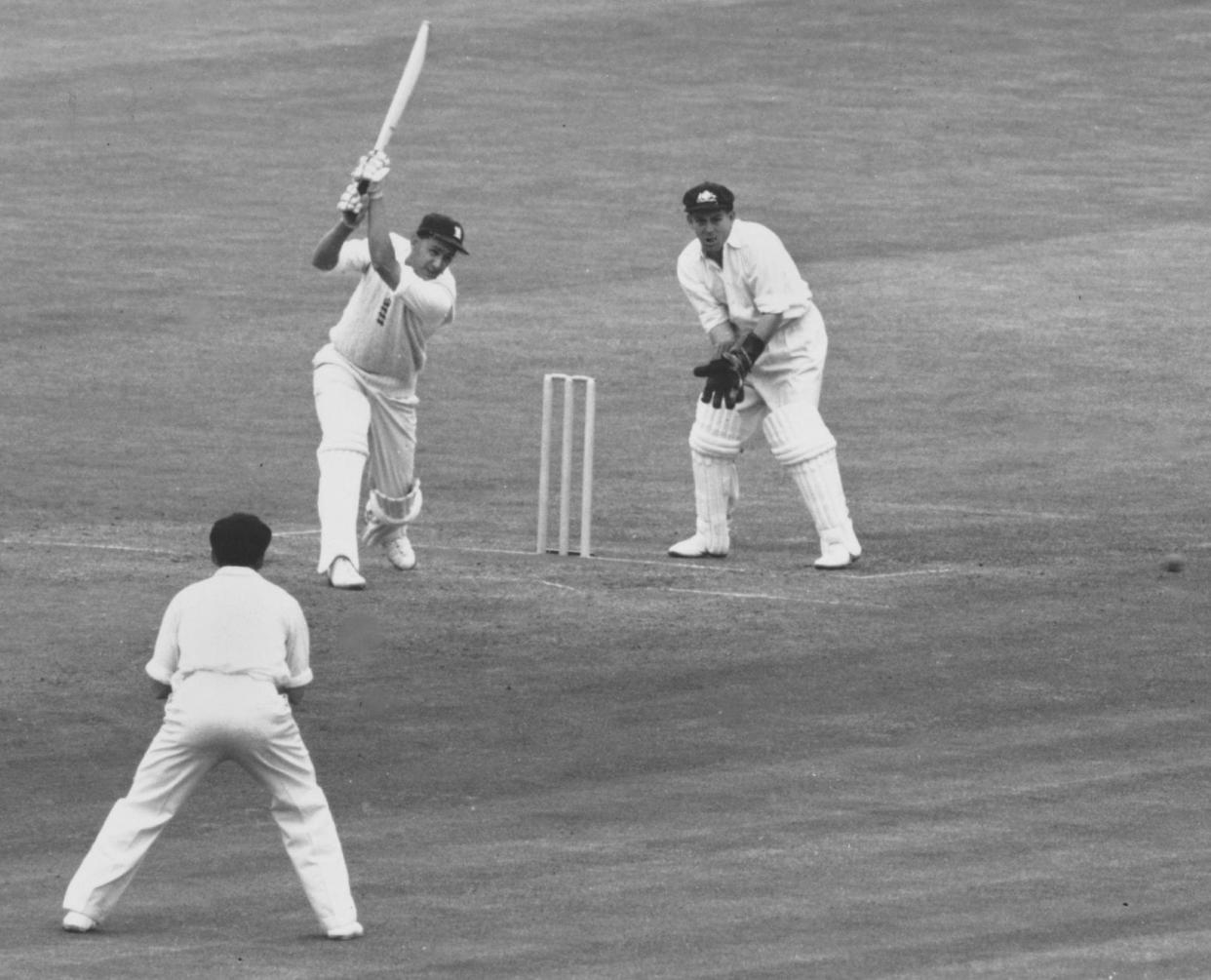
For six years from 1963 Subba Row worked as an assistant director in the advertising agency WS Crawford. In 1966 he joined the committee at Surrey, and soon brought his marketing expertise to bear on cricket, introducing advertising signs at the Oval, and subsequently performing a similar service for MCC at Lord’s. From 1974 to 1979 he was chairman of Surrey.
In 1980-81 Subba Row was manager of the England side that toured India under the captaincy of Keith Fletcher. It proved a contentious series, which England lost, but the atmosphere might have been a great deal worse but for Subba’s Row’s conciliatory attitude. Everyone found him delightful to deal with, from the country’s prime minister Indira Gandhi to the humblest spectator.
From 1985 to 1990 he was chairman of the Test and County Cricket Board, and was thoroughly progressive in his views. Among the causes he forwarded were neutral umpires in Test matches (partially achieved from 1992 and fully adopted in 2002) and four-day county cricket, first introduced in 1988, and comprehensively adopted from 1993.
He also played an important part in reforming the International Cricket Conference, which in 1989 was renamed as the International Cricket Council. In 1992 Subba Row, aged 60, retired as managing director of his public relations firm. That April he undertook a new career when he acted as referee in the match that marked South Africa’s return to Test cricket, against the West Indies at Bridgetown, Barbados.
Over the next 10 years he refereed 41 Test matches and many one-day internationals, bravely attempting to serve his own Corinthian ideals, sometimes in difficult circumstances.
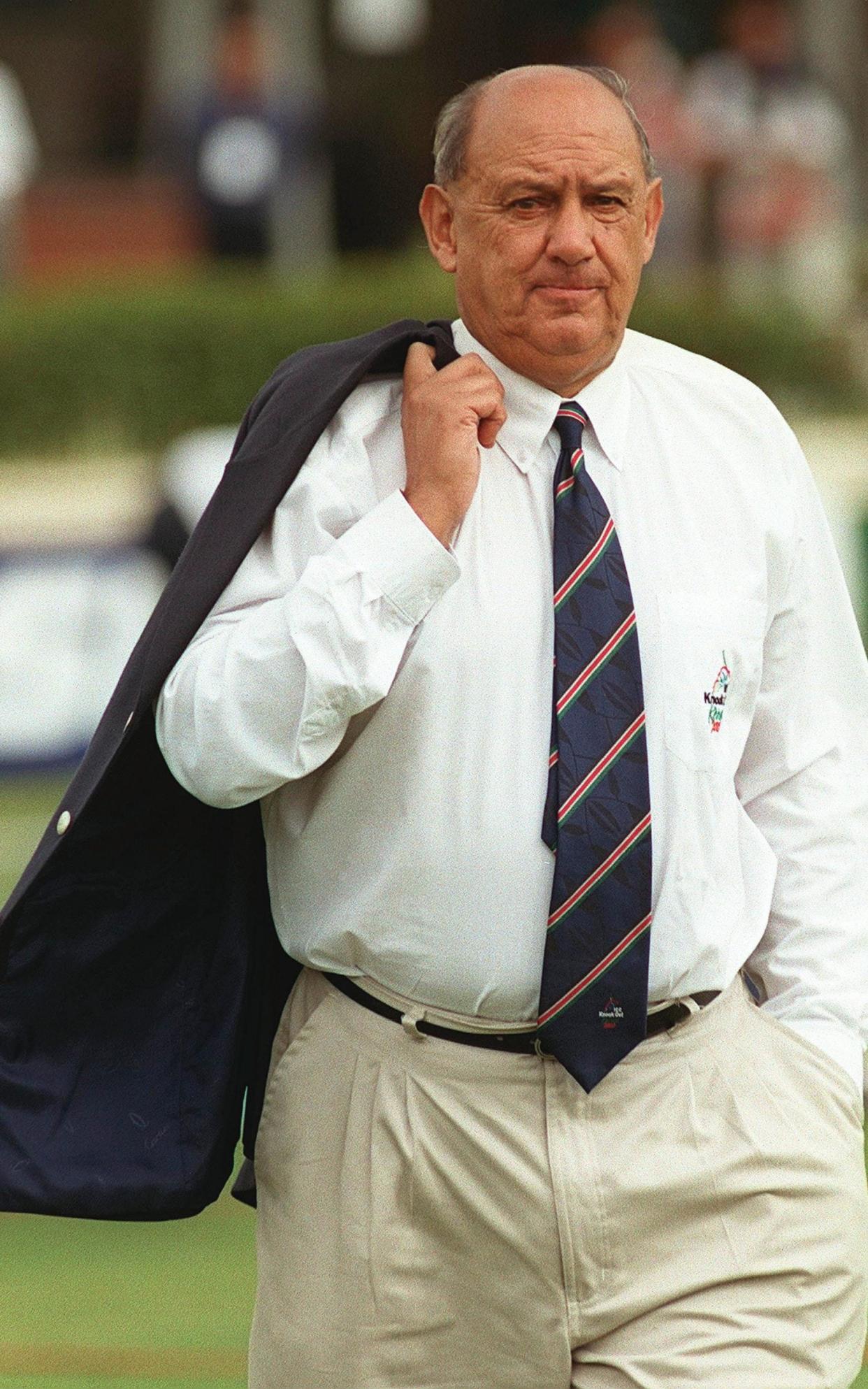
At Johannesburg in March 1997 he banned Ian Healy from two one-day internationals (ODIs) after he had hurled his bat into the dressing room in fury after a (wrong) LBW decision. In Antigua in April 1999 he fined Glen McGrath £900 for spitting in the direction of the West Indian batsman Adrian Griffith. Such incidents left him convinced that the only effective sanction against offenders would be the forfeiture of the match.
Later in April 1999, in the ODI at Bridgetown, a riot erupted when the West Indian batsman Sherwin Campbell was given run out after colliding with the Australian bowler, Brendon Julian. Subba Row showed admirable sangfroid, until the situation was defused by the Australians allowing Campbell to continue his innings.
Subba Row was also referee for the Tests and ODIs between India and South Africa early in 2000, after which the South African captain Hansie Cronje confessed to match-fixing. Subba Row had suspected some chicanery since the triangular ODI tournament in 1993-93 between India, the West Indies and New Zealand, but was unable to get the ICC to investigate.
Raman Subba Row was appointed CBE in 1991. He is survived by his wife Anne, née Harrison, and a daughter and son. Another son died in 2020.
Raman Subba Row, born January 29 1932, death announced April 18 2024


